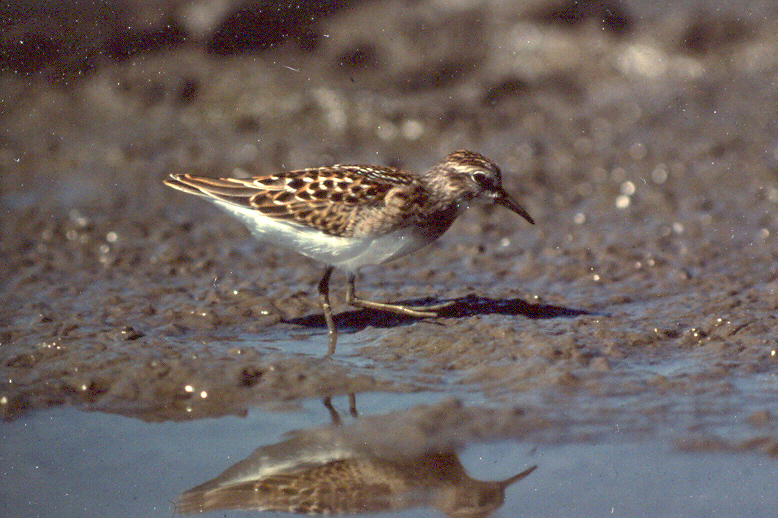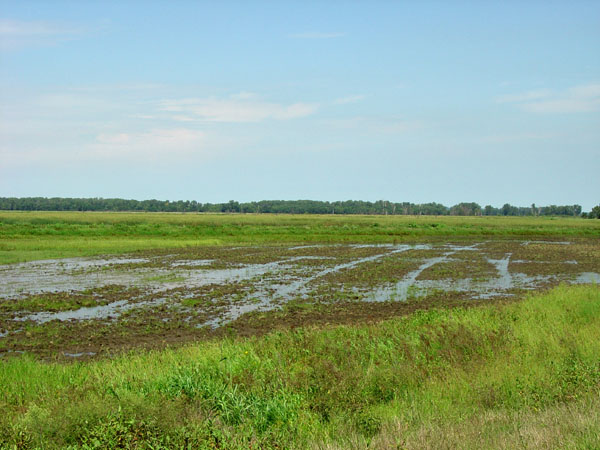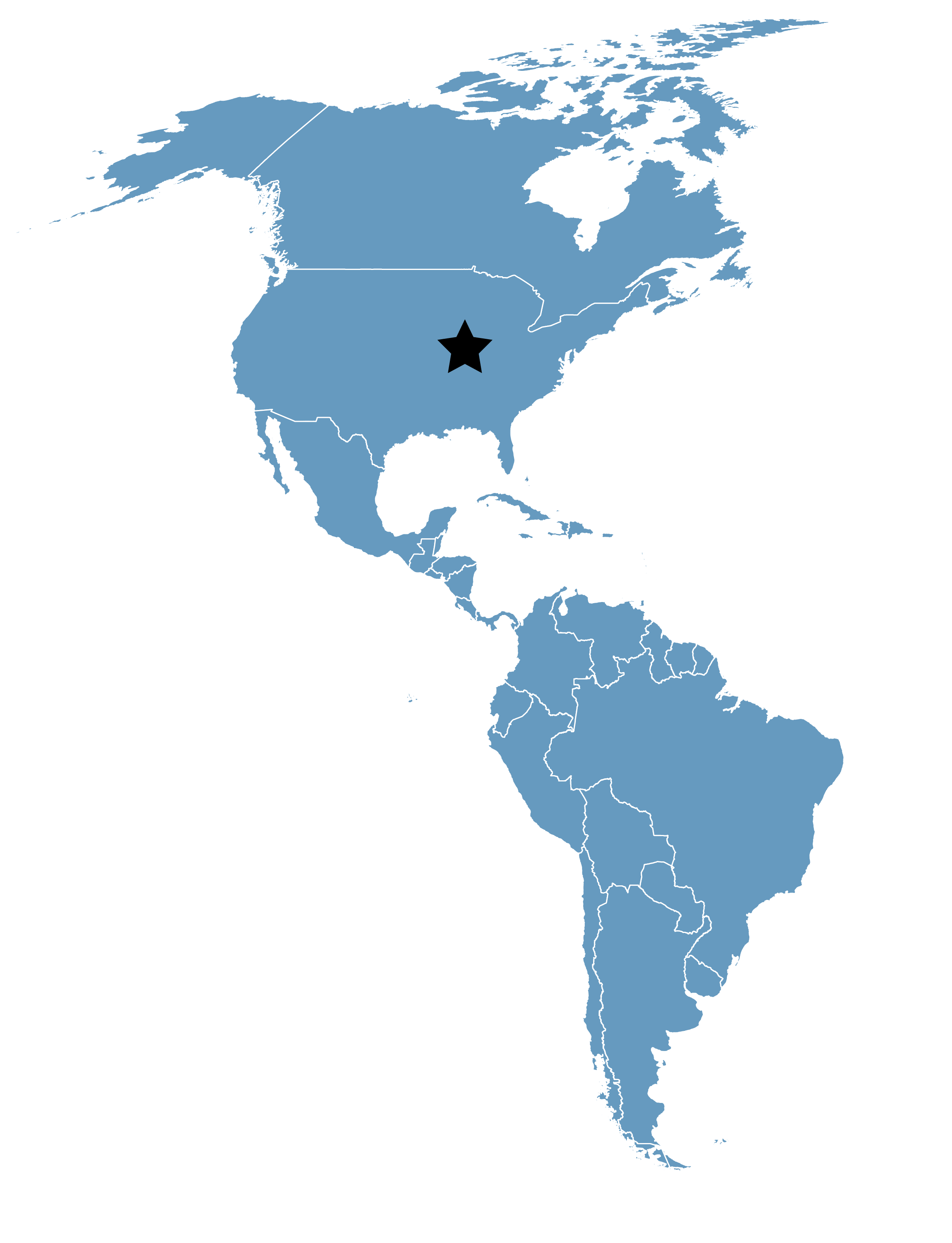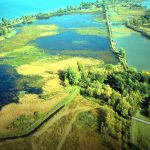Loess Bluffs NWR
Location
Missouri, United States
Category
Regional
Basis for Designation
Used by more than 60,000 shorebirds annually.
Size
3,011 hectares (7,440 acres)
Date Designated
January 2007
Site Owner
U.S. Fish and Wildlife Service
Site Partners
Friends of Squaw Creek NWR
Missouri Department of Conservation
Burroughs Audubon Society
Midland Empire Audubon Society
USGS
Mound City Chamber of Commerce
Overview
Loess Bluffs National Wildlife Refuge (formerly Squaw Creek NWR) is located in northwestern Missouri and is contained within the Lower Missouri River Ecosystem. The Refuge is located 5 miles northeast of the Missouri River and lies within the eastern border of the Missouri River floodplain. The eastern portion of the Refuge extends in to the Loess Hills adjacent to the valley floor.
The Refuge lies at the base of highly erodible upland in the Loess Hills and is directly influenced by Squaw and Davis creeks which drain approximately 60,000 acres of watershed. Because of its extreme topography, the total drainage area produces rapid runoff which resulted in severe erosion on disturbed areas and siltation in the wetlands located on the Refuge just after it was established in 1935. However, in recent years, soil conservation measures such as grassed waterways, terraces and water retention ponds have reduced erosion and silt loading on the Refuge resulting in ideal habitat for shorebirds and other wetland species.

A Least Sandpiper feeding at the edge of a manager wetland. Photo: Jim Rathert, MDC.
Habitat Description
Most of the 7,415 acres comprising the Refuge are located along the eastern edge of the Missouri River floodplain in a historic wetland area. Habitat types include 1,000 acres of bottomland forest, 291 acres of bottomland mesic prairie, 1,077 acres of wet prairie, 378 acres of Loess Hill forest, 221 acres of Loess Hill prairie, 3,409 acres of managed wetlands, and 176 acres of non-managed wetlands. Developed land, which includes administrative areas, channalized ditches and roads accounts for 251 acres.
The Refuge provides habitat for a minimum of 60,000 shorebirds annually. Thirty eight species of shorebirds use the area with Greater Yellowlegs, Pectoral Sandpipers, Least Sandpipers, and White-rumped Sandpipers being the dominant species. Rare shorebird species using the Refuge include Sanderlings, Ruddy Turnstones, Black-necked Stilts, and Buff-breasted Sandpipers.
Loess Bluffs NWR also harbors approximately 250 species of passerines, 4 species of geese,15 species of ducks, 33 species of mammals, 25 species of reptiles and amphibians, and 20 species of odonates. Threatened and Endangered species that use the Refuge include the Bald Eagle, Piping Plover, Least Tern and Eastern Massasauga Rattlesnake.

One of the Rice Paddy moist soil units that has been mowed, lightly disked and flooded to create mudflats. This unit is ready for the fall shorebird migration and will be slowly dewatered in the spring to provide mudflats for shorebird use. Photo: Frank Durbian, USFWS.
Habitat Management and Protection
Refuge access is highly controlled resulting in little human induced disturbance. The major threat to Refuge wetlands is gradual siltation. This has been slowed by watershed improvement projects. Refuge habitat is well protected and continually improved through active management. Management of seasonally flooded impoundments for shorebirds is a high priority and part of the Refuge’s Comprehensive Conservation Plan.
Socioeconomic Value
Loess Bluffs NWR hosts approximately 140,000 visitors annually. The Refuge is well known for its Eagle Days Festival during the first weekend of December every year, which attracts up to 10,000 visitors each year. During this festival people may attend a live eagle show, take bus tours of the Refuge, visit eagle viewing stations around the auto tour route, and view up to 300 Bald Eagles, 200,000 ducks, and 350,000 snow geese.
The Annual Christmas Bird Count is one of the most popular in Missouri and attracts some of the best birders in the region.
Environmental education is a high priority with a large number of public schools and universities making frequent trips to the refuge.
Although there is no waterfowl hunting on the Refuge there are nearly 100 private hunting clubs around and near the refuge that provide thousands of hours of wildlife dependent recreation which is important to the local economy.
An economic study conducted in 2004 revealed that the recreation benefits of the Refuge input $3.5 million into the local economy annually.









